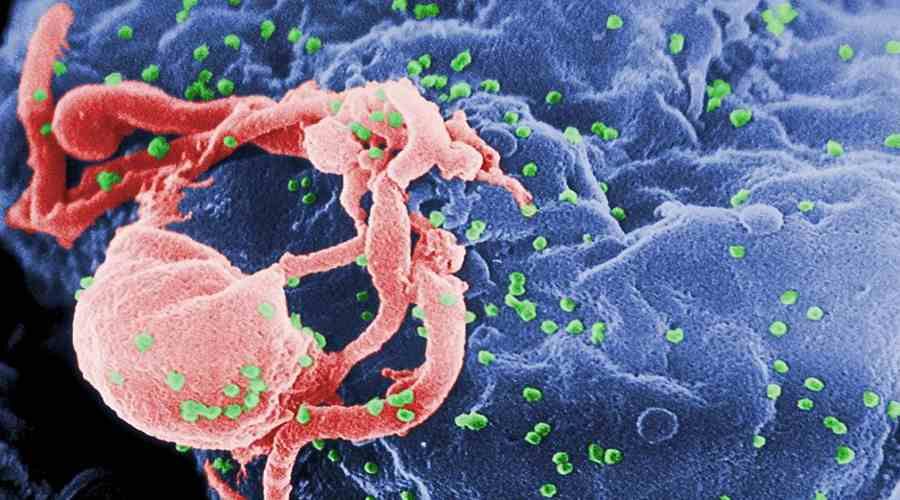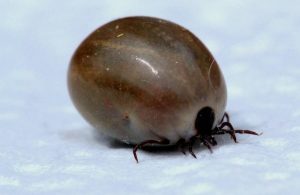
HIV virus removed from body using CRISPR method
Groundbreaking method of editing gene in CRISPR-Cas9 has been known for a long time. However, no one to date has used it against HIV. Researchers at the University of Pittsburgh with the participation of colleagues at Temple University were the first to use this technique to isolate the HIV virus from the com mouse rek.
American scientists have cut out HIV DNA through the use of this technique. The virus in this way b has been deprived of the ability to make its copy. As a result, HIV was completely removed from the body of mice, on kt rej tested the technique. After just one treatment, the researchers showed that the technique successfully removed all traces of the infection in the organs and tissues of the mice.
However, it is too early to use a similar therapy in humans. Admittedly, the mouse, which ra took part in the tests were slightly modified and had implanted human com rk of the immune system infected with HIV. But there is still a long way to go for effective therapies.
Research by scientists in the U.S. bring us closer to defeating the HIV virus. The virus is responsible for the deaths of tens of millions of in wasp b around the world. It is currently estimated that about 40 million are infected in the wasp b. Today’s therapies rely on antiretroviral drugs, which re inhibit the replication of the virus. Allow patients to live a relatively normal life, but they are expensive and not everyone can afford them.
– The next step will be to repeat The studies on primates, which re are a more suitable animal model. Let’s see if we can remove the HIV virus from infected lymphocytes In T (com rks of the immune system) and other places where the virus can hide – said wsp The author of the study Dr. Kamel Khalili of Temple University.
CRISPR (Clustered Regularly Interspaced Short Palindromic Repeats) is a system used by bacteria to defend themselves against viruses. It is such a defense mechanism, a repeated sequence of fragments in the DNA. It was noticed by Yoshizumi Ishino in the late 1980s. Last century in the genome of the bacterium Escherichia coli. Thesis mechanism contains information about DNA virus and combined with a DNA-cutting enzyme – Cas9 endonuclease is a defense system against viruses.
The CRISPR-Cas9 method itself works by recognizing foreign DNA through mRNA, which re responsible for the transfer of genetic information. The entire CRISPR sequence is then divided into cr tier pieces containing a fragment of viral DNA and the CRISPR sequence. Based on this information, a virus-specific transcript is created, which ry is memorized by the com rka and used in the fight against the virus. When infected, the pattern of the attacking virus binds to the Cas9 enzyme and cuts the attacker into pieces completely inactivating it. The excised pieces are then added to the CRISPR sequence, a specific database of threats. Patterns can be created by humans so we can interfere with genes, substitute or cut out dangerous fragments. This method is cheaper and more precise than those previously used.

